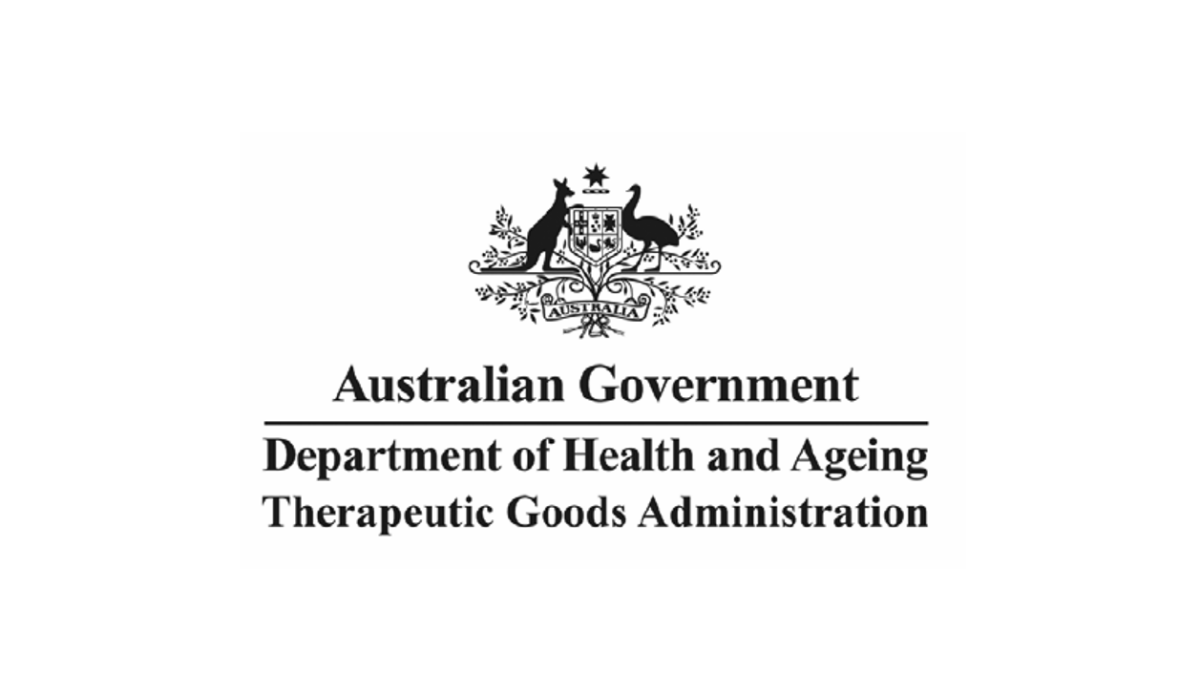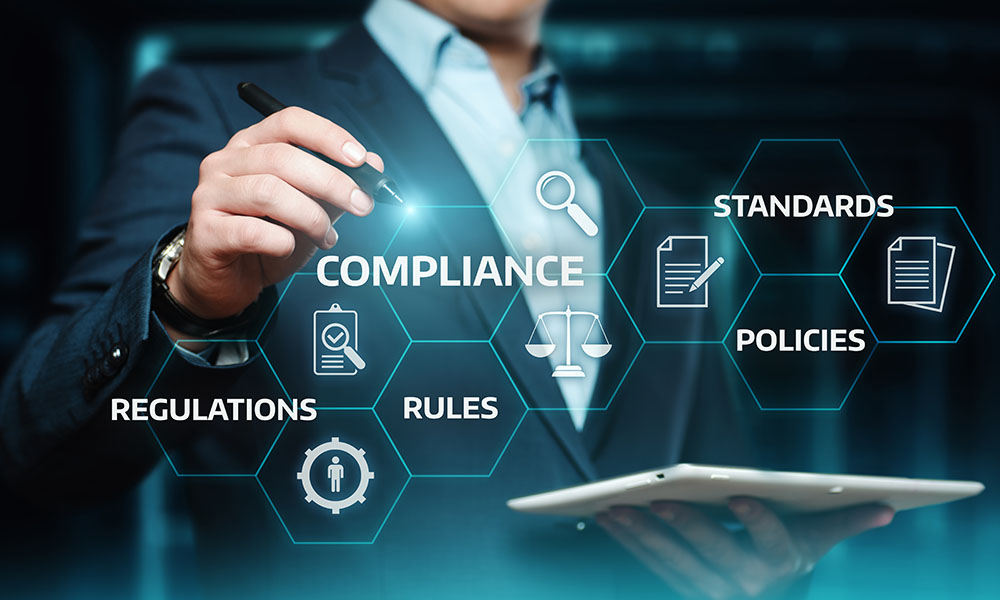The Therapeutic Goods Administration (TGA), an Australian regulating authority in the sphere of medical devices and other healthcare products, has published a checklist intended to assist medical device manufacturers and other parties involved in conducting a self-assessment of compliance with the Essential Principles – a set of regulatory requirements a medical device should meet in order to be allowed to be placed on the market in Australia.

The document developed by the TGA contains a complete list of the Essential Principles, and also the files to be filled by the interested party, namely:
- Indication of whether the particular principle is applicable or not applicable for the medical device in question
- References to the standards applied by the manufacturer (providing that the standards have been recognized by the regulating authority by the virtue of the Medical Device Standard Order or Conformity Assessment Standard Order)
- References to other standards applied by the manufacturer, including international ones (e.g. ISO), as well as the references to the company procedures
- References to the documents supplementing the submission and demonstrating compliance with the Essential Principles, outlining the reasons why certain principles should not be applied
General Principles
The general principles are dedicated to the fundamental basis related to the safety and effectiveness of medical devices allowed to be marketed in Australia. In accordance with these principles, the following regulatory requirements should be fulfilled:
- Any medical device should be designed and manufactured in such a way ensuring that the device does not create additional hazards for the patients and other persons when used for the intended purpose and in accordance with the instructions for use provided by the manufacturer
- Benefit-risk balance: the risks associated with the medical device are acceptable with regard to the clinical benefits the device creates
- Technical solutions and approach used by the medical device manufacturer complies with the main safety principles, as well as the generally acknowledged state of the art, which refers to the general level of technology recognized by the industry
- In the course of the medical device design and development process, the manufacturer has duly (i) identified the risks associated with the product, (ii) reduced identified risks to the lowest extent possible, (iii) implemented additional measures in order to mitigate the risks that cannot be excluded, and (iv) informed the patients and healthcare professionals using the medical device about the risks associated thereto
- The medical device itself should operate as intended when used for the intended purpose and in accordance with the instructions for use provided by the manufacturer
- The medical device should also be designed, manufactured, and packaged in a way ensuring its suitability of the intended purpose and continuous safety, providing that the storage, transportation, and use requirements determined by the manufacturer are met
- The medical device should operate as intended, providing that it is being used in the appropriate environment, in accordance with the instructions and recommendations of the manufacturer, and is duly maintained
- The benefits the medical device provides should outweigh the risks associated thereto in terms of potential adverse events
When describing the general principles, the TGA also refers to the concept of residual risk, the risk associated with the medical device that remains in place even after the manufacturer has duly introduced all necessary measures. Hence, a residual risk refers to a risk that cannot be fully mitigated. It is the sole responsibility of the manufacturer to inform the intended users of the medical device about such risk and the measures to be taken in this regard.

Design and Construction Principles
Another set of principles describes the most important aspects related to the design of the medical device and its components, including ones related to its composition and construction. In accordance with these principles, the medical device manufacturer shall:
- Use materials suitable for the medical device in terms of their chemical and physical properties in the context of the intended use of the medical device, including biocompatibility aspects to be considered for patient-contacting components of the device
- Implement necessary measures to mitigate the risks associated with contaminants
- Ensure the safety of the medical device when being used with medicines, substances, or gases it could be used with due to its intended purpose
- Ensure that the substance included in a medical device (if applicable – for combination products) meets the appropriate regulatory requirements in terms of safety and effectiveness
- Mitigate the risks associated with leaching substances, as well as with ingress or egress of substances
- Implement the sufficient measures necessary to mitigate and reduce to the lowest extent possible the risks associated with infection and contamination
- Ensure the effectiveness of sterilization methods used (if applicable – for sterile medical devices), as well as ongoing sterility of the medical device during storing and transportation
- Reduce the risks associated with contamination for non-sterile medical devices
- Ensure compatibility of the medical device with other devices and products it is intended to be used with, and also consider the compatibility aspects associated with the environment the device is intended to be used in
- Design and manufacture the medical device in a way ensuring the efficient mitigation of the identified risks associated with the use of the device for its intended purpose indicated by the manufacturer
- Ensure the accuracy of measurements provided by the medical device (if applicable – for medical devices with measuring functions)
- Implement the measures sufficient to ensure the acceptable level of protection against radiation (if applicable – for medical devices emitting radiation)
- Evaluate and mitigate the risks associated with the software (if applicable – for medical devices, controlled and operated by the software)
- Mitigate the risks related to the power outages, electromagnetic fields, and interferences
- Evaluate and mitigate the risks associated with physical factors, such as noise, vibration, temperature, as well as other mechanical risks the medical device could be exposed to when used for the intended purpose in the appropriate use environment
- Provide information necessary to identify the medical device itself, and its manufacturer
- Provide instructions for use and detailed recommendations to be considered by patients or healthcare professionals using the device, including a detailed description of the risks associated thereto, as well as of the measures to be taken to mitigate such risks
- Provide all information prescribed under the applicable regulatory requirements in a clear and understandable way, including the use of internationally recognized symbols; and ensure that the way the information is provided is suitable and understandable for the intended users of a medical device (e.g. laypersons or healthcare professionals) due to their knowledge and qualification
- Comply with the applicable regulatory requirements on labeling with regard to the information to be placed on the medical device itself, and also on its packaging
In summary, the checklist developed by the TGA provides an in-depth overview of the Essential Principles the medical device should meet in order to be allowed for marketing and use in Australia. The document should be considered by the medical device manufacturers intended to market their products when assessing their compliance with the applicable regulatory requirements in terms of safety and effectiveness.
How Can RegDesk Help?
RegDesk is a next-generation web-based software for medical device and IVD companies. Our cutting-edge platform uses machine learning to provide regulatory intelligence, application preparation, submission, and approvals management globally. Our clients also have access to our network of over 4000 compliance experts worldwide to obtain verification on critical questions. Applications that normally take 6 months to prepare can now be prepared within 6 days using RegDesk Dash(TM). Global expansion has never been this simple.
Sources:

